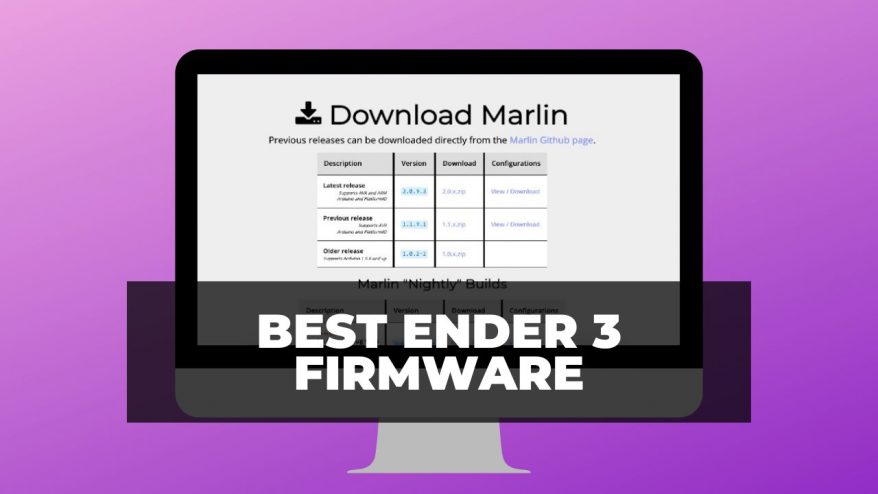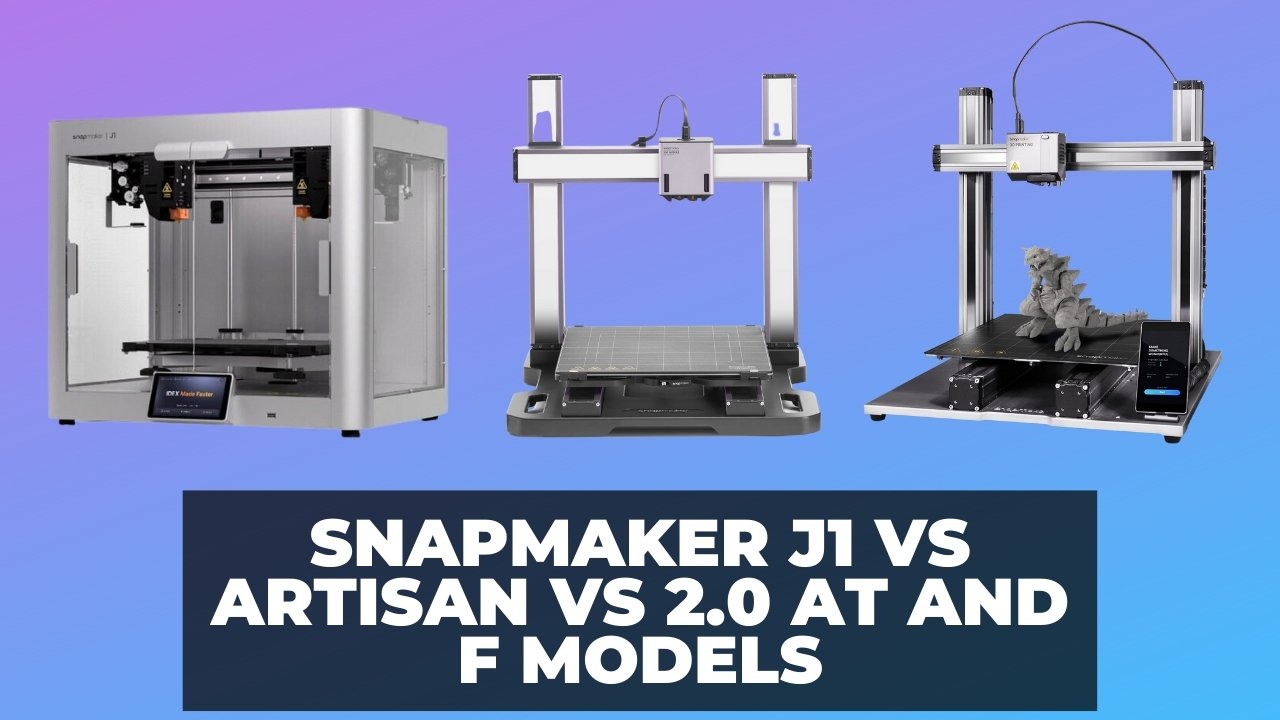
Free AutoCAD Alternatives: Best Options in 2023


At 3DSourced we’ve covered everything 3D printing and 3D since 2017. Our team has interviewed the most innovative 3D printing experts, tested and reviewed more than 20 of the most popular 3D printers and 3D scanners to give our honest recommendations, and written more than 500 3D printing guides over the last 5 years.
AutoCAD is a staple in the industry and for good reason. It’s been around since the dawn of CAD (Computer-Aided Design) and has had consistent growth in features and utilities for its users.
Because of this, AutoCAD has become almost synonymous for CAD itself. There are engineers, architects, electrical component designers and a host of other professionals who would swear that AutoCAD is the only CAD software worth using.
This is a mistake. While it is powerful in some respects it is sorely lacking in areas that were never its intended use. One of the most glaring issues with AutoCAD is its lack of Linux support.
In my experience, there are a number of programs that, while not as robust as AutoCAD, can still do a perfectly acceptable job. And, perhaps most importantly, they can do it without the staggering price of AutoCAD, which at the time of this writing is $1,865 USD a year. Many of the programs outlined below are either completely free or are free to hobbyists.
The purpose of this article is to inform you about the various free AutoCAD alternatives. But, be cautious. For every AutoCAD alternative worth using there are a large number of programs similar to AutoCAD that either don’t work as well or were never intended for your purposes.
We’ve tested all of the following programs (and many that didn’t make the list) so that you can spend your time actually using the correct application, instead of wasting your time looking for it.
That said, here are the criteria we used to determine whether or not a free, similar software to AutoCad made the list.
- It has to be either completely free or at the very least free to try.
- It has to support .DWG and .DXF file types.
- It should have a high level of user support in the form of tutorials, active forums, or detailed wikis.
- Bonus points if it supports Linux
The following programs are some of the best free AutoCAD alternatives but we’ve also included several CAD programs at the end of the article that are worthy of note. They aren’t direct AutoCAD competitors but they are definitely good, free, CAD alternatives.
FreeCad
- Price: FreeCAD is completely free and open source.

Pros
Workbenches.
Huge file support including .DXF, .STEP, .IGES, .OBJ, .DWG, .STL.
Windows, macOS, Linux.
Plug-ins allow for further tailoring to the users’ specific needs e.g. Design456 for direct modeling, Render for high-quality images, 3D Printing tools, etc.
Cons
.DXF files are not natively supported so a plug-in is required.
The UI, even with workbenches, is somewhat cluttered.
It’s literally in the name. FreeCAD’s mission statement is to provide an always free, open source replacement to AutoCAD. And they’ve done a wonderful job. If you’re already familiar with AutoCAD or you’re certain that it’s the type of program that you’re looking for then you need look no further than FreeCad. It’s the closest thing you’re going to find to a free version of AutoCAD.
One of the excellent features that you’ll find in FreeCAD is their utilization of workbenches. Workbenches are where the program takes its tools and organizes them by the tasks that they are related to. That way, the user can be assured that the tools they need will be available. It adds a level of nimbleness to the program that we promise you will be grateful for. One of the biggest hurdles to overcome when learning any new CAD software is the often overwhelming amount of tool options presented to you. Workbenches are an effective way to reduce those options to the ones that matter most to your purposes.
Another aspect of FreeCAD that we were pleased to discover in our research was a wealth of user support. Not only is there an active forum and a well-curated wiki, which is great, but there is also a large selection of Youtube training videos. In addition, the makers of FreeCAD have put together a CAD manual under the creative commons 4.0 license that is free to be used, downloaded, copied and modified. They’re even working on a printed version.
LibreCAD
- Price: LibreCad is completely free and open source. It’s GPLv2, so it’s free to hack and copy.

Pros
Windows, macOS, Linux.
Minimal download size (around 30Mb).
Can save as .DXF and .SVG.
Emphasis on ease of use.
Cons
2D only.
No pop-up tooltips in the drawing menus which can make it difficult to know which tool you’re picking.
LibreCAD is a good choice if you’re looking for a powerful CAD program that is exclusively 2D.
It’s a great pick for someone who is looking to generate geometry for a CNC router, laser cutter, waterjet or any other CNC application that doesn’t require a 3D model. One of the main reasons we would recommend this program for that type of application is its emphasis on layers. Anyone who has used a similar CAD program can attest to the value of being able to create and organize different layers in their drawings. LibreCAD does this very well.
One of the things you’ll notice right after installation is the ability to change units of measurement and languages. It’s a small detail, but it’s strong evidence of the mentality behind the program. Not just free. Not just open source. But, also, widely usable to a broad audience. They have somehow managed to get the program translated into over thirty languages. An impressive feat.
Another small function that we loved was the right-click history menu. Right-click in the viewport window and you’ll be presented with a list of the last few tools that you used. Not a groundbreaking feature but certainly a nod in the direction of the ease of use that LibreCAD is built around.
QCAD
- Price: QCAD community edition is free to use but the Professional Edition costs $39 USD

Pros
Windows, macOS, Linux.
Easy to understand UI.
35 CAD-optimized fonts for quick and easy text.
Free version supports .DXF version R15, which, while not the latest version, is close enough for nearly all users.
Can export as .PDF.
Cons
2D only.
Most .DXF and .DWG formats are only supported in the Professional Edition.
Need the Professional Edition to export .SVG.
Professional Edition required to import vector data and images from .PDF.
QCAD is a great place to start if you’re just getting into CAD and are perhaps a little intimidated by some of the larger and more complex programs, because it has an incredibly easy-to-understand user interface. Tool buttons are simplified and then expand in a logical way. Intuition can get you pretty far with this program. It’s got some pretty great layer tools for more complex layouts.
It’s open source and free to use but that comes with some caveats. There is a free 15-minute trial at which time the program automatically reverts to the community edition.
The professional version is $39 USD to use forever, which includes one year of updates and a 30% discount on future updates. You’ll need the professional version to save as a .DWG and to export .SVG, which is a downside, but that is partially offset by the fact that they allow you to install QCAD on as many machines as you like, provided that only one user per license is using it. So, while it may not be a completely free version of AutoCAD, it’s definitely a cheap AutoCAD alternative.
Their wiki has some very straightforward tutorials aimed at the novice user. There is a huge reference manual that we found to be pretty informative and it is offered free of charge. They’ve also put together an ebook manual which cost $35.00 Almost as much as the cost of the actual program.
NanoCAD
- Price: NanoCAD is free to use, even commercially, but there is a $200 USD per year paid version.
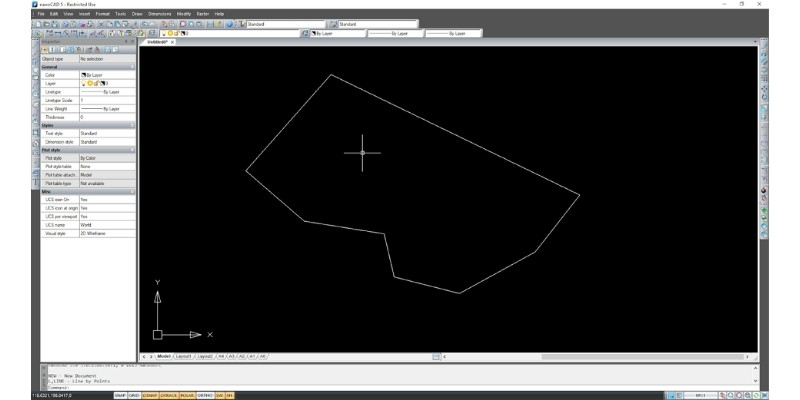
Pros
Very similar in design and use to AutoCAD.
Easy to navigate online-help on their website.
Accessible scalability in the form of paid modules.
Cons
No Linux support.
Free version does not support the most recent versions of .DWG.
NanoCad is another great alternative to AutoCAD. In fact, they’ve followed AutoCAD’s design theory so closely that you would be forgiven for mistaking one for the other. If you have previous AutoCAD experience you’ll have no troubles with NanoCAD.
The free version is pretty solid, but lacks a lot of functionality. NanoCAD has a paid version that costs $200 USD per year and unlocks a lot of advanced features. In addition, they sell modules that expand the software into things like 3D modeling, construction, and Topoplan.
NanoCAD is a fairly advanced program provided you pay to unlock the features you need. As such, I would say that it’s more of a cheap AutoCAD software rather than a free alternative to AutoCAD.
Additional CAD options
CAD has been around a long time. Until recently it was almost strictly the purview of professionals. The average person didn’t have a use, or a need, for CAD.
With the advent of 3D printers as well as a slew of hobby-level CNC machines, the user base for CAD systems has exploded. This means that there are a lot of people coming into this realm on their own, without the benefit of college courses, mentorship programs or even in-house training. It can be a daunting experience. If you’re one of these new users, or even an old hand looking to try something different, you’ve come to the right place.
It’s entirely possible that you found this article because you were looking for a free CAD software to fill a particular need, not necessarily a one-to-one AutoCAD alternative. If that’s the case, we have listed some additional free CAD programs that are great in their own right, but not necessarily meant to do the same job as AutoCAD.
We’ll briefly describe them below.
Autodesk Fusion 360
- Price: Fusion 360 is free to use but requires a $60 USD monthly subscription if used commercially.

Pros
Free version has almost every function you could ask for.
Professional quality program.
Polished and powerful.
Cons
No Linux support.
Can be intimidating in the beginning.
It’s honestly amazing that Fusion 360 is available to use for free. Personally, I use it almost every day. Let me give you some examples. When my kids come home from school, they hang their backpacks on hooks that we designed and 3D printed together. A few days ago my son, who is getting into video game design, came to me and asked if there was any way I could help him model a warhammer for his game. Fusion 360 to the rescue. We designed the 3D printed brackets that hold up the shelves his 3D printed miniatures are on. I could go on with these stories all day, but the point is, if you have any interest in 3D printing, part design, or anything at all to do with 3D modeling, then go download Fusion 360. You won’t regret it.
Fusion 360 is a feature-filled powerhouse that just so happens to be made by the same company as AutoCAD. While its emphasis is on 3D modeling, its 2D capabilities are perfectly capable of handling most applications.
While it may not be as friendly to new users as some of the programs on this list, it has a ridiculous amount of online tutorials. If you’ve ever used Solidworks you can pick up Fusion 360 without missing a beat.
Fusion 360 can be used for anything from part design, sketches, prints, to highly complex assemblies. It even has native CAM, if that’s something you’re looking for.
Sketchup Free
- Price: Sketchup Free is free to use non-commercially. The cheapest commercial version is $119 USD a year.
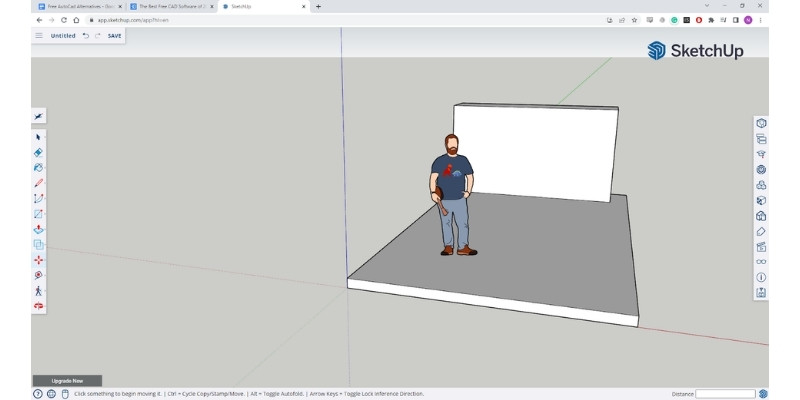
Pros
Browser based.
Super intuitive.
Clean and easy-to-understand UI.
3D warehouse filled with free user-generated and manufacturer-produced models.
Walk tool allows you to walk through your design at eye level.
Cons
In some regards, it’s almost too simple.
Lacks a lot of tools that most users would expect.
SketchUp Free isn’t as powerful as Fusion 360, and its free version is certainly more restricted, but it fulfills a role that earns it a place on this list. It’s easy. Flat out, hands down. Easy to get, easy to use, easy to understand.
For the most part, Sketchup Free’s users will be architects, interior designers, urban planners and kids who don’t own the Sims. It may not be the most professional tool on this list but I would argue that it’s the most fun.
OpenSCAD
- Price: Free software released under GPLv2
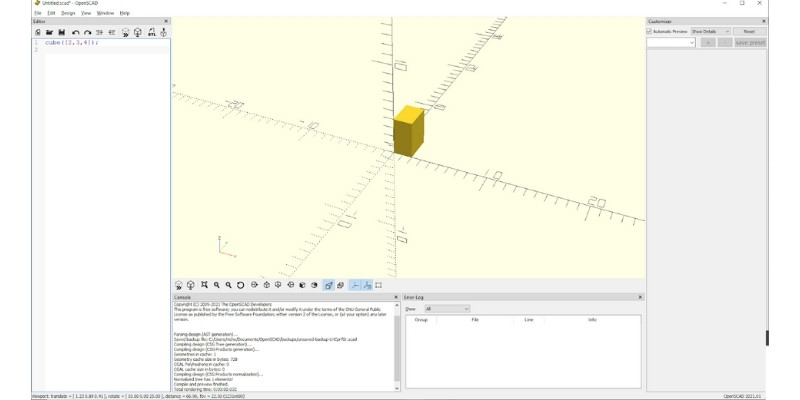
Pros
Windows, macOS, Linux.
A UI so streamlined that it staggers the imagination.
Code-based modeling.
Cons
Not enough free support material.
OpenSCAD is a singular idea. It throws convention out the window and tries to re-invent the way that people use CAD. In short, instead of clicking a UI with your mouse and then using your motor skills to draw geometry, you program the drawing part using code.
You literally type the OpenSCAD scripting language into the text editor.
So, for instance, to make a cube you would type, cube(10); and a cube of side length ten would appear. Just thinking about it makes my teeth hurt. But we’ve included it in this list because we know that there is a large audience of people who read the above and thought to themselves that it sounded like a good idea.
To those people, I salute you and wish you all the best in your endeavors. I may never join your ranks but I did my best to provide you with enough information about OpenSCAD so that you can make your own decision.
We did a fairly deep dive into the tutorials and they seem to cover the basics quite well. Honestly, if you can ignore the feeling that your mind is slowly drifting toward insanity, modeling with code can be quite an experience.
There is a decent little library of books dedicated to OpenSCAD, but none of them are free and all of them were written by, I presume, wizards.
Is there a hobbyist version of AutoCAD?
There are many hobbyist alternatives to AutoCAD that are either free to use or free to try. The list of alternatives to AutoCAD is long, so we’ve paired it down. Whether you’re looking for a free version of the AutoCAD you already know, or are trying CAD for the first time, we’ve got you covered.
Other related articles:

